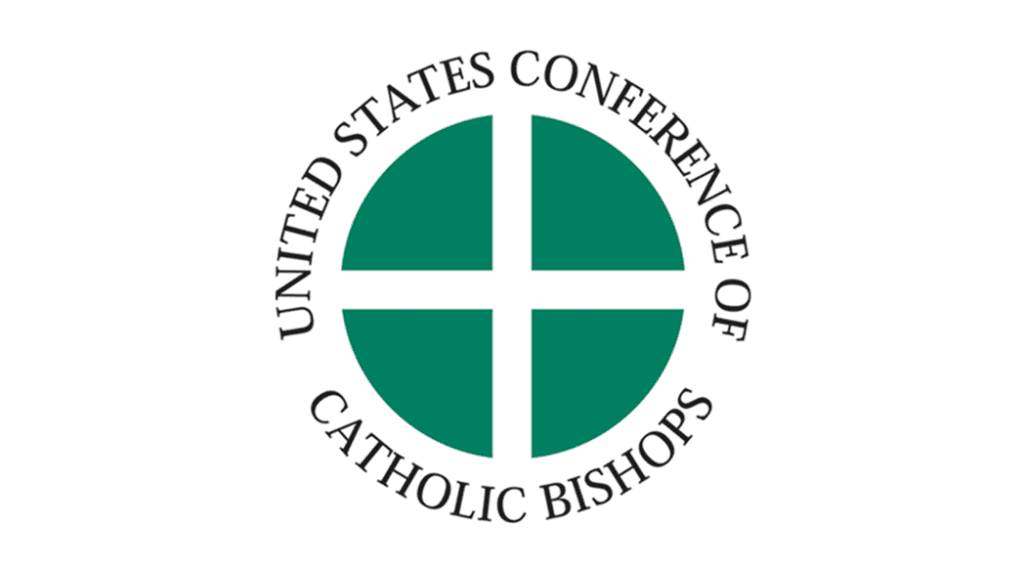Vatican City Embraces AI: A Virtual Journey Through St. Peter’s Basilica
VATICAN CITY (CNS) — With the anticipation of the upcoming Holy Year, the Vatican is taking an innovative leap forward in how it connects with people worldwide. In collaboration with tech giant Microsoft and a group of specialized experts, the Church is introducing a "digital twin" of the iconic St. Peter’s Basilica. This initiative aims to provide a deeper, more immersive experience for both virtual visitors and those eagerly flocking to the historic site.
Starting December 1, a new website will go live, featuring a wealth of virtual experiences. From religious celebrations streamed online to podcasts of meditative reflections, the site promises to enhance the spiritual journey for those who may not be able to travel to Rome. An accompanying app will offer suggested itineraries, audio guides, and real-time updates on lines to the Holy Door and various significant locations within the basilica.
In an exciting move, the Vatican will also integrate its treasures within the popular game, Minecraft Education. Beginning in January, young students from around the globe will have the opportunity to explore St. Peter’s Basilica in a unique gamified environment.
At a news conference on November 11, Cardinal Mauro Gambetti, the archpriest of St. Peter’s Basilica, emphasized that these projects harness advanced AI technology to intertwine the rich historical, artistic, and spiritual significance of the world’s largest church. "This digital ecosystem will accompany visitors and grant them a more profound spiritual experience," he stated.
The concept was born during a spontaneous discussion between Cardinal Gambetti and Microsoft President Brad Smith as they admired Michelangelo’s La Pietà in the basilica in 2022. They recognized the importance of making the meaning and beauty of such monumental works of art more accessible and relatable to a broader audience.
Smith elaborated on this initiative’s foundation, noting the ongoing partnership between Microsoft and Vatican officials that began with the "Rome Call for AI Ethics" in 2018. This collaboration aims to ensure that emerging technologies adhere to ethical principles, making them beneficial for all.
To create the digital representation of St. Peter’s Basilica, experts from Iconem, a French startup specializing in 3D cultural site digitization, used cutting-edge tools like cameras, laser scanners, and drones. For a month in 2023, they captured nearly half a million high-resolution images, compiling a staggering 20 petabytes of data—enough to fill almost 5 million DVDs, which would stack up to a height of 3.7 miles if piled together!
Thanks to advanced AI technology, viewers can now explore the basilica in stunning detail, from its majestic dome to the sacred tomb of St. Peter below. Additionally, this innovative approach allows basilica staff to detect previously unnoticed maintenance issues, such as cracks or missing tiles that require repair.
But that’s not all! The basilica will unveil two immersive exhibits to enhance visitor experience further. One will showcase high-resolution images projected onto the dome of the cupola, while the other takes visitors on a historical journey through a windowed corridor overlooking the basilica’s interior—all in celebration of the church’s 400th anniversary since its consecration in 1626.
The exhibits will also reveal intriguing testimonies left on the walls by maintenance workers from years past—accounts of those who bravely rappelled from the upper floors to maintain the basilica’s stunning mosaics and frescoes.
In conclusion, the Vatican’s forward-thinking approach to technology and faith through the creation of a digital twin of St. Peter’s Basilica heralds a new era of accessibility and engagement for believers and tourists alike. The AI Buzz Hub team is excited to see where these breakthroughs take us. Want to stay in the loop on all things AI? Subscribe to our newsletter or share this article with your fellow enthusiasts.




